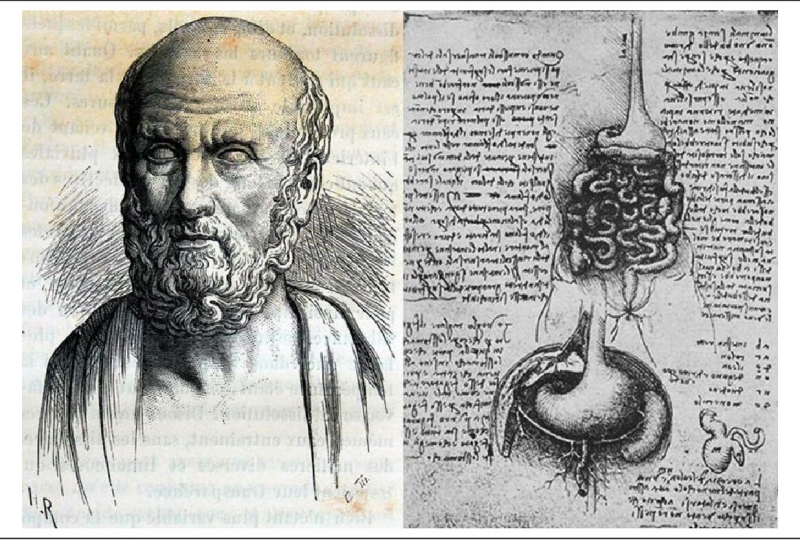Cure for Empyema

An empyema, also known as empyema thoracic, is an accumulation of pus and fluid between the two lung pleura brought on by bacteria or other microbes. Inflammatory respiratory illness is another name for it. Antibiotics and chest-tube drainage can help to heal it. It can cause pneumonia if left untreated. Cough, fever, and chest discomforts are the disease's primary signs and symptoms. Hippocrates was able to diagnose the ailment without the use of these contemporary methods, however nowadays a CT scan and X-ray are used to make the diagnosis.
Pleural fluid accumulation, the development of fibrous septa in the membranes, and the inability to properly inflate the lungs are the disease's three primary phases. The first doctor to accurately explain pneumonia and pleural effusion was Hippocrates. He had developed a combination procedure that involved tracheal intubation and a thoracotomy at the same time to treat empyema thoracic. The surgical incision served as a conduit for the gradual outflow of pus. He had proposed giving nutritious mixes through an oral-gastric tube if the patient was too weak to eat. Thus, Hippocrates created in his operating room, an emblem comparable to contemporary surgical procedures. Before Hippocrates discovered a remedy, this sickness frequently resulted in death and might spread to all lung sections. Both toddlers and adults often have it.





